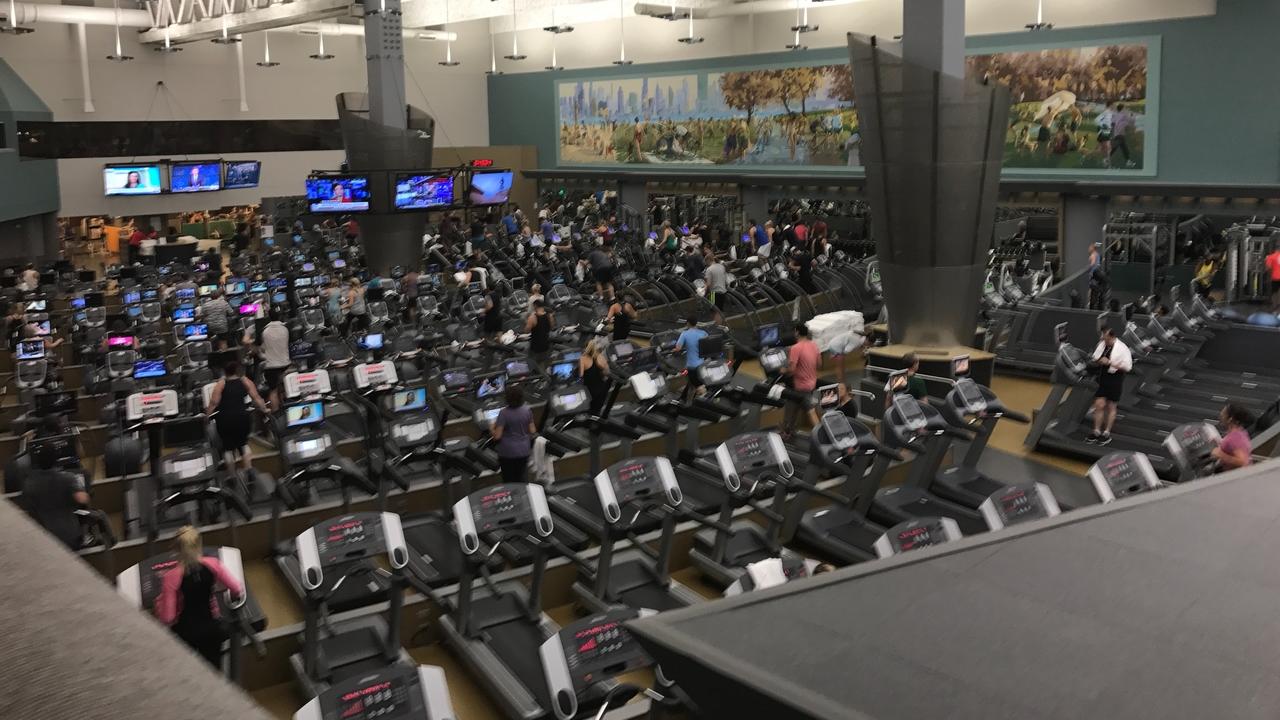Best in Class, the Worst of Ideas

Best in class
As I travel around the world I see a variety of practices, which I sometimes look at with my head tilted to one side,questioning the decision theoperatorhas made. One of these, more common in North America than Europe, is buying equipment from a variety of manufacturers on the premise of giving members access to 'best in class’ kit.
Firstly I would challenge the methodology used to decide best in class. All too often it means the person choosing the equipment has a personal preference or is buying the equipment they want to use, rather than thinking about the experience of the customer. Some of this is based on what we are used to; the feel of a certain type of equipment or the way we want to train, but how can you decide what is best in class unless you’ve have tried every piece of equipment in that category?
Simplicity is key
As I look at equipment choice through the lens of retention and attrition my first consideration is the exercise experience. How easy is it to use, adjust and learn what is in front of you? What is the cognitive load for the inexperienced exerciser; how much thinking do they need to do to learn the set up, remember that set up and manage the exercise anxiety that many new exercisers experience when they first come into the gym?
It’s less concerning for experienced exercisers as they’ve already adapted to the environment and should no longer be anxious about how to use the equipment. But think about it from this point of view. You’re learning to drive but having to master a scooter, motorbike, car, truck and a forklift all at the same time. Imagine the difficulty you’d have switching from one to the other and trying to remember everything.
Aesthetically appealing, easy to navigate
How you lay out your equipment is equally important. My preference would be to arrange in rows or curves, in an order that allows customers to simply move to the next piece in a line, rather than having to hunt for the next piece arranged in the traditional fashion bymuscle group.
There’s simply no need for three levels of treadmill, bike or stepper either. Some of the big manufacturers, for instance, offer up to five versions of a treadmill, all with consoles that look completely different. Two versions of each piece of cardiovascular equipment is perfectly sufficient; an introductory, basic model and a top end, advanced design. Ideally with the same screen on both. It’s all about simplicity. Having three different consoles to learn just confuses the matter.
A single supplier also means there is only one organisation to contact for servicing and repairs, and if that supplier fails to deliver on their promises they are likely to loose the entire contract when it becomes to renewal, rather than just a row of treadmills.
I would even buy all my functional equipment from one supplier for continuity of information. Whilst these pieces are more likely to be used your experienced exercisers who have a higher level of confidence, the presentation will be more streamlined if the dumbbells, kettlebells and medicine balls are all consistent; members will automatically know where to look for the weight or the level to use.
Once the main supplier has been agreed for the bulk of equipment, additional pieces can be selected; items that complement the main theme, such as your Concept 2 rowers or Watt Bikes.
Exceptions to the rule
The one place this rule can be broken is the indoor cycling studio, where the bikes don’t need to match the equipment in the main body of the gym.
Equally, if you’re The East Bank Club in Chicago, Third Space in Canary Wharf or any supersize club with lots of space, you can include different manufacturers by creating completely different areas within the club, as customers can then choose the areas they prefer to workout in.
When you’re a specific strength and conditioning facility it doesn’t matter, you can choose what you like, because your client base are more likely to be experienced exercisers and are also more likely to be supervised while training. It may also be that the gluteal hip station, for instance, that you need for your clients may only be available from one manufacturer.
But if you’re an every day health club and you want to retain members and increase exercise adherence, my advice is to consider buying your kit from one single supplier.
Join our Free Retention Guru Community
This group is for those who want to increase retention, reduce attrition and improve the customer experience in a health club environment. It's here for you to share your wins, your challenges and your experiences. It’s here so that you can find support and be supportive.



